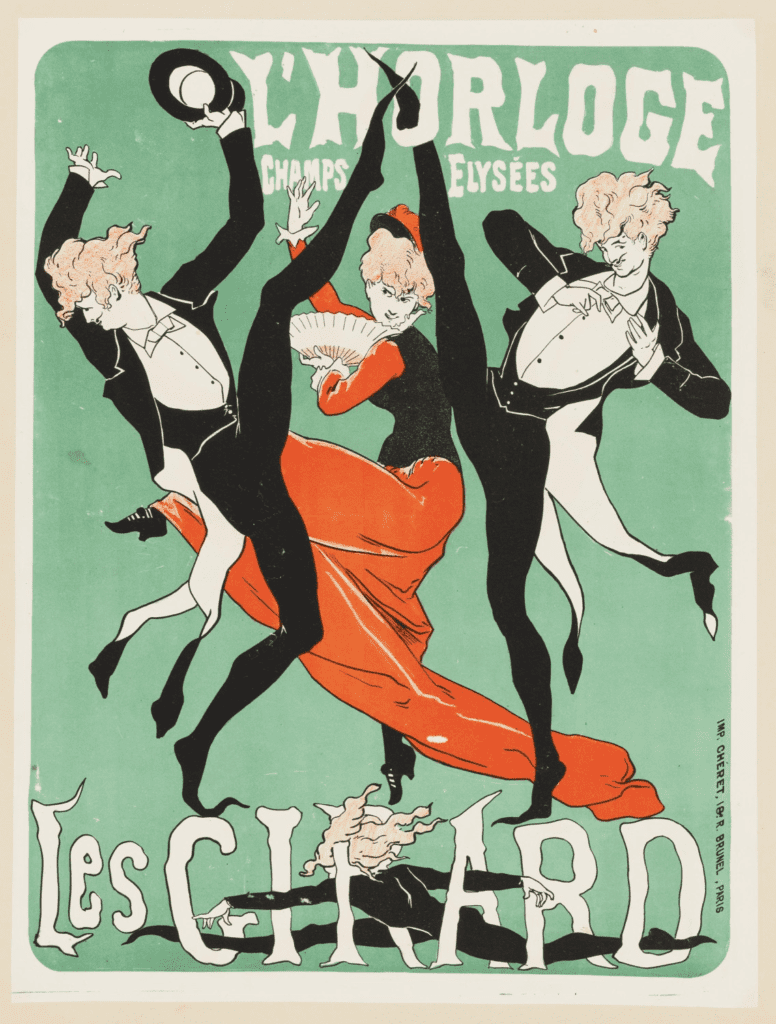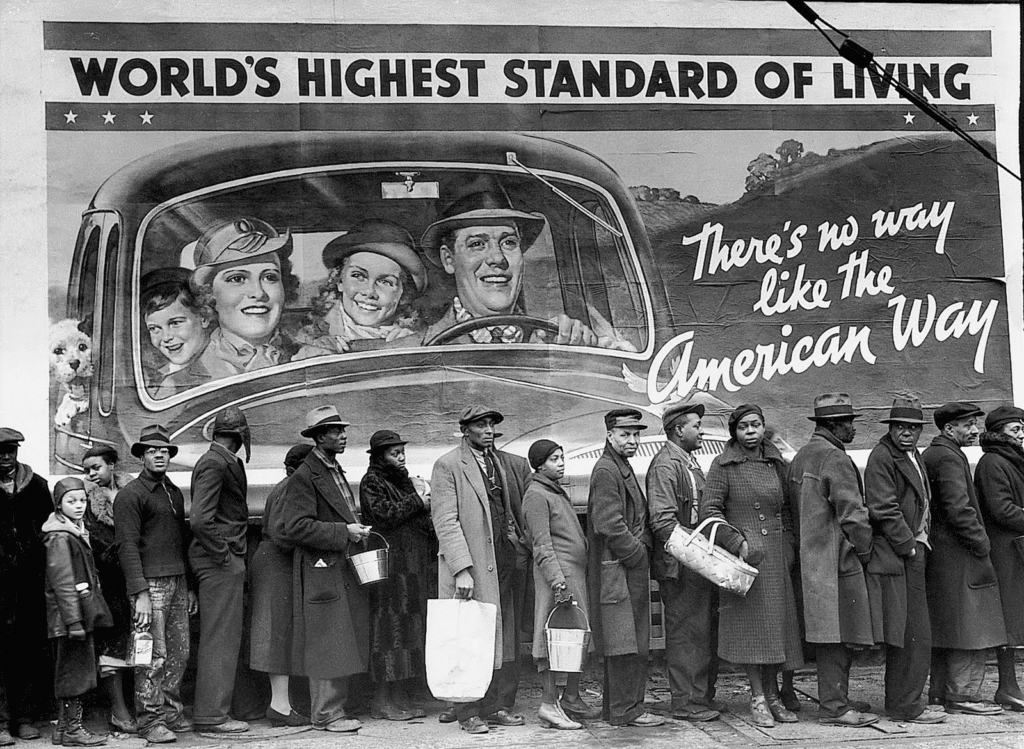By: Martin Nuñez Molina
The conjunction between art and advertising has quite a history to it. Accompanying the walls of streets, galleries, and businesses, art became the form of expression commerce clamantly desired to sympathize with the people. The crafting of narratives, that acquiring certain products would equate happiness and achievement in consumer’s minds, became the opportunistic goal of painters and photographers throughout time. Symbolizing changes in society, although not the first source to address the matter, serve as a magnifying glass on cultural, economic, and societal transitions.
The fin de siècle (or end of the century) Paris was at a peak of modernity. Works of artists such as Manet, Seurat, Degas, and Monet speak of a city in transition. Cultural pursuits for the leisure classes and new modes of technology, transport, and industry were abundant themes in their works. Translating into new means of life, by 1871, the French parliament had the need to liberalize newspaper publishing rights, lifting censorship from the press. Followed by a series of new laws in the early 1880s legislation eased further, habilitating new surfaces around the city to rent for advertising.

By the 1890s advertising became an art form on its own, as key artists rode the wave of print innovation, helping elevate the poster to high artistic status. As production costs and legislation eased, civic liberty and commercial expansion propelled the art of advertising. End of the century artists such as Bonnard, Chéret, and Toulouse-Lautrec were crucial in elevating the simple poster, creating iconic characters and accessible narratives to the booming entertainment culture of the time.
By the early 1920s, we observed another transition in the means to engage with the markets. Photographs began to replace handprints as the dominant art form in printed product display. What businessmen of the time came to realize was the need to differentiate products from the clutter of standardized goods. With the need to engage on a deeper level of association with consumers, photographs exhibit a stronger emotional pull on them. A belief that photographic advertisement could inspire faith in a grim economy drove it to its full transition.

As times evolve and new means to engage with customers are desired, art and advertisement will continue to coexist. Factors such as cultural trends, economic developments, and societal transitions will continue to serve as pillars of contemporary society, to be framed through the lens of art. What is engaging about the character of this relationship is the multitude of expressions art may use to evoke in consumers, human beings, a primal emotional character-driven by desire.
Editorial note: this article was published on the LinkedIn page of the IE Arts & Business Club (link)







